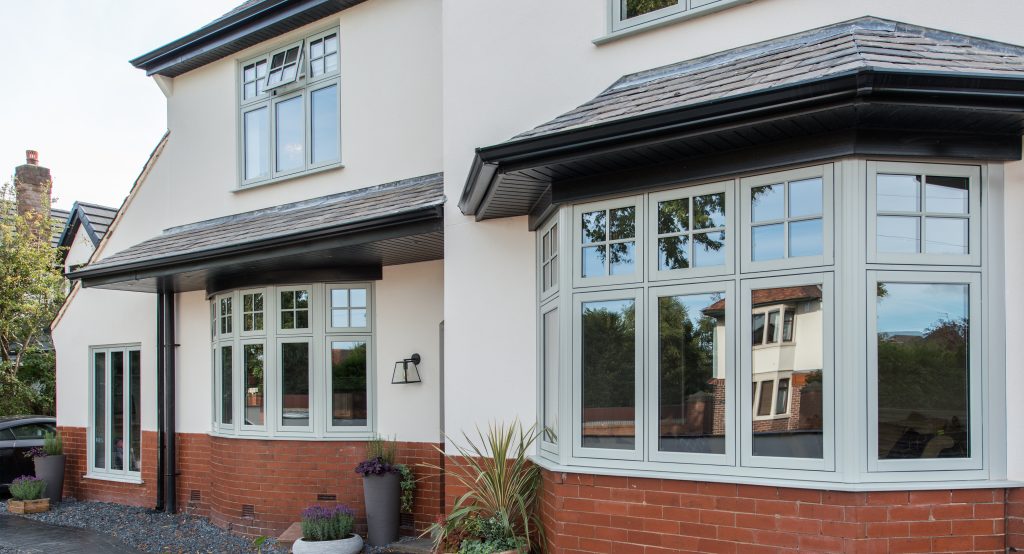All Categories
Featured
Table of Contents
The Best Double Glazing Companies In Canberra in Beechina WA
Laminated glass is often utilized in areas in the home most vulnerable to injury from human effect such as bathrooms, doors, around staircases and in locations close to the floor (it meets the requirements of 'safety glass' that is mandated for usage in these areas by Australian Standard AS 1288 Glass in structures).
Toughened glass has been 'tempered' by being reheated and quickly cooled again. This procedure makes it much stronger than basic glass it can withstand greater impact loads before breaking. It likewise makes it more secure due to the fact that, when it does shatter, it gets into many little cubic pieces rather than dangerous fragments.
4 Benefits Of Double Glazed Windows In The Summer in Woodlands Western Australia
Nevertheless, toughened glass has no thermal or acoustic benefits over other glass of the very same toning or density. Secondary glazing is where single-glazed windows are retrofitted with a transparent acrylic or glass sheet attached to the within the frame or openable sash with a secondary frame or with magnetic strips.


Secondary glazing will not carry out also thermally as a manufactured IGU, considering that it is impossible to totally seal the boundary, but it can provide great sound control. Window films are a thin polymer movie including an absorbing dye or reflective metal layer, with an adhesive backing. They stick to your glazing to change its colour or make it reflective.
Glazing And Glass Options - Smarter Homes in Huntingdale Perth
Applied to existing glass, some window movies can halve the general SHGC of the window by absorbing and/or reflecting solar radiation. This can be especially useful in hotter climates where cooling is the main concern, or on east and west elevations straight exposed to long durations of sunshine. However, window movies might likewise reduce noticeable light transmittance.

For this factor, it is normally best to use a certified installer of window film. Frames have a considerable effect on the thermal efficiency of windows and doors, since energy can be gained and lost through the frame, in addition to through the glass. Different types of frame will permit various levels of heat gain and loss, so careful choice of frame is necessary for efficient passive design.
Which Is The Best Type Of Double Glazing? - Which? - Which.co.uk in Success Western Australia
Nevertheless, aluminium is likewise an excellent conductor of heat and will reduce the insulating value of a glazing unit, unless specifically crafted to decrease this. A 'thermally broken' frame is made up of 2 aluminium sections linked by a structural insulator (usually a low-conductivity structural polymer). This 'breaks' the thermal connection through the aluminium and decreases the heat streaming through the frame.
Timber frames are a great natural insulator that can fit some home designs. Timber frames need to be made from types that have naturally high resilience or be dealt with to prevent decay and contortion.
Double Glazing Australia Blogs in Coolbinia Western Australia
(weather condition removing) is set up.
u, PVC doors and windows have excellent thermal efficiency Photo: Ben Wrigley (Light House Architecture and Science) Composite frames use aluminium profiles on the external sections with either a timber or u, PVC inner section. These combine the low upkeep and durability of aluminium with much improved thermal efficiency.
Latest Posts
Window Glazing For Households - Energy in Millendon Western Australia
Best Double Glazing Brighton Archives in East Victoria Park Perth
Double Glazed Windows Sydney in Duncraig WA